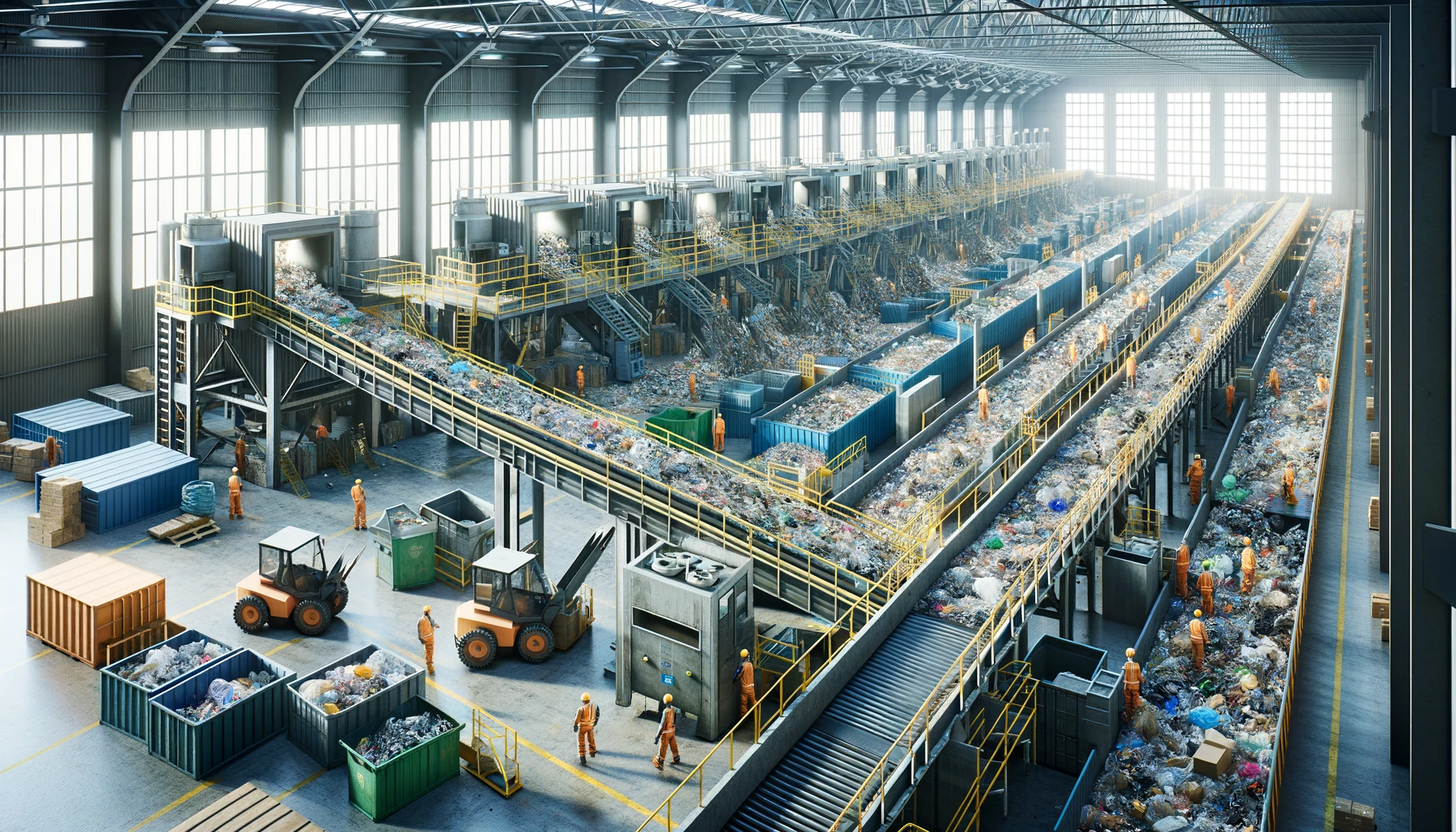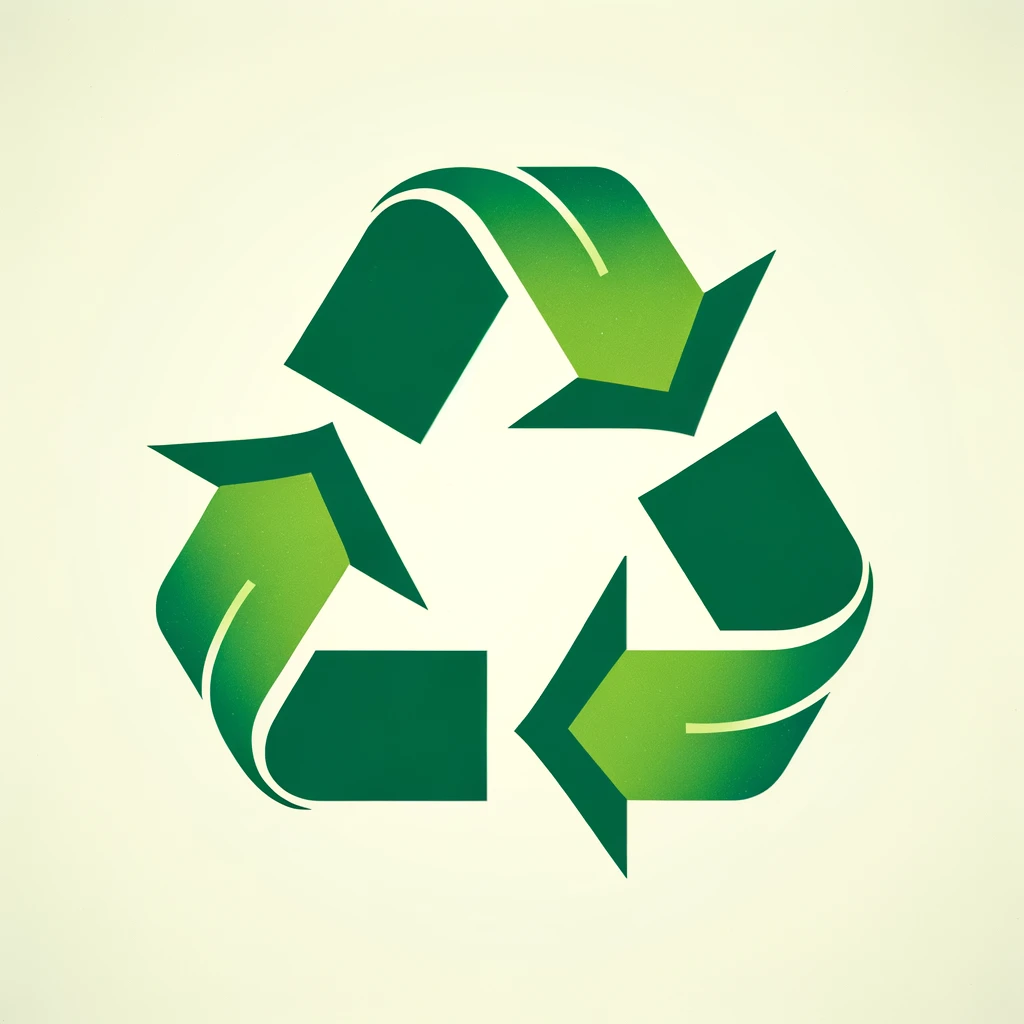
In our quest to live more sustainably, we often come across terms like ‘recycle,’ ‘biodegradable,’ and ‘compostable.’ But what do these terms truly entail, and how can we discern authentic eco-friendly practices from mere greenwashing? This article endeavours to demystify these concepts and guide you through the verdant maze of sustainable living.
When I started The Mulberry Pig, trying to limit the amount of waste and impact on our planet was a high priority, food waste was first, so we invested in worm farms to put all the scraps in from cooking our jams and relishes.
Then there was the issue of packaging, my love hate relationship with packaging goes deep. I love good packaging; my first iPhone was my first glimpse at how packaging could make you feel and it made me feel fancy!
So how to balance the line between not being to over the top but still making you feel good about your purchase?
So down the worm hole I went and started with labels why aren’t they recyclable, I then got greenwashed by a company selling me labels that were recyclable even when left on the jar, but on my deep dive found out that in WA all labels are burnt off before the jars are recycled well at least the labels are paper I guess that’s something right?
And then I came to the postage side of things, so much rubbish is produced by postage, the packaging, the plastic satchels, the cello tape so much waste. Which is why everything we use to pack and send our products is compostable even down to the tape, we made the change over to paper tape earlier this year and compostable mailing satchels from the guys over at heaps good. All our packaging is from kraft cardboard including our gift boxes which have a soy-based ink on and can be thrown in the worm farm/compost pile after you’ve finished with them.
I’m always learning and we’re always improving not just at the business but as a whole planet. The recycling system is broken and I’m not sure how to fix it. But I do know that there are enough passionate people in the world that will find a way one day hopefully soon, please.
Enough of me babbling on, enjoy the read.
The Essence of Recycling
Recycling: A Cycle of Renewal
Recycling isn't just a process; it's a regenerative cycle that breathes new life into used materials. It's the art of transforming waste into wealth, of taking what was once discarded and giving it a new avatar for our use.

The True Impact of Recycling
The true impact of recycling transcends the mere act of reprocessing materials; it's a resonant commitment to the planet's longevity. Imagine a tapestry of conservation, each thread a recycled item weaving together a future less dependent on virgin resources. This alchemy of waste transformation curtails not only our carbon footprint but also the voracious consumption of finite natural treasures. Recycling is less a chore and more a conscious ritual, a daily homage to Earth's munificence. Through it, we embrace a cyclical economy, one that reveres resourcefulness and champions sustainability, leaving a legacy of balance for the mosaic of life that shares our world.
Unravelling Biodegradability
Biodegradable: The Earth’s Digestion Process
Biodegradable materials are akin to a sumptuous meal for the Earth, breaking down with the aid of microorganisms to become part of nature once again. It's a term that promises a return to the earth, but not all biodegradable materials are created equal.
The Misleading Veil of Biodegradability
The label 'biodegradable' often carries a sheen of environmental virtue. However, without proper conditions, many biodegradable items fail to decompose, languishing in landfills just as their non-biodegradable brethren do.
Comprehending compost ability
Compostable: Nature’s Recycling Bin
Compostable goods are the virtuosos of the waste world, designed to decay into nutrient-rich humus that rejuvenates the soil. It's a complete return to the Earth, a closed loop that enriches rather than depletes.
Home Composting vs. Industrial Composting
Home composting is an intimate dance with decay, a personal Endeavor turning kitchen scraps into garden gold. It’s a quiet revolution in our backyards, fostering a micro-ecosystem where waste returns to the earth, nurtured by patience and care. In contrast, industrial composting is a grand orchestration of biodegradation, a large-scale transformation where organic refuse is methodically converted into nutrient-rich soil on a monumental scale. Here, technology meets biology, and efficiency reigns, with controlled temperatures and precise management dictating the decomposition’s tempo. Both processes embody the ethos of renewal, yet their scales and mechanisms paint different portraits of sustainability.
Dissecting Degradable
Degradable: The Slow Fade
Degradable materials are the chameleons of the waste world, engineered to break down over time. However, they don’t necessarily vanish; they simply fragment into smaller pieces, potentially becoming microplastics that haunt natural ecosystems.
Degradable doesn’t mean Eco-Friendly
The term 'degradable' often conjures images of a material gently assimilating into the Earth. Yet, this is a half-truth that neglects the lasting environmental impact of the remnants left behind.
The Greenwashing Gambit
Greenwashing: The Illusion of Eco-Consciousness
Greenwashing is the siren song of deceptive marketing, luring consumers with the promise of sustainability while hiding the environmentally detrimental truth. It's a masquerade of eco-friendliness, where the veneer of being green overshadows the reality.
Identifying and Avoiding Greenwashed Products
Navigating the market's verdant façade of greenwashed products requires a discerning eye. Look beyond the sylvan-themed packaging and eco-centric buzzwords; seek the substance of sustainability certifications and the tangibility of company transparency. Scrutinize product life cycles, sourcing ethics, and end-of-life disposability. It's about peeling back the layers of ostensible greenness to reveal the core of environmental integrity. Arm yourself with knowledge, for the truest green is not found in the hue of a label, but in the genuine practices that respect and replenish our natural world.

The Lifecycle Analysis
From Cradle to Grave: Understanding Product Lifecycle
A product's lifecycle reveals its true environmental cost. It's an odyssey from raw material extraction to eventual disposal, with each phase bearing its own ecological burden.
Cradle to Cradle: A New Paradigm
The cradle-to-cradle concept reimagines product lifecycle, envisioning a circular journey where every end is a new beginning. It's an ideal, a beacon towards which sustainable product design strives.
Sustainable Practices for Individuals
Reducing Consumption: The First Step
Reducing consumption stands as the inaugural stride towards a sustainable ethos. It’s the deliberate embrace of minimalism, where less is not more, but everything. This paradigm shift in consumption is not about deprivation but about curating a life rich with essentials, trimmed of excess. It’s the conscious curation of possessions, a redefinition of needs versus wants. As we pare down to the quintessence of what truly enhances our lives, we inadvertently conserve resources, diminish waste, and foster an equilibrium with the earth’s finite bounty. The path to sustainability is paved with such intentional simplicity.
Mindful Purchasing: The Power of Choice
Every purchase is a vote for the world we want to live in. Mindful purchasing involves selecting products that align with sustainable practices and rejecting those that contribute to the waste epidemic.
The Role of Policy
Government Regulations: Shaping Sustainable Futures
Government regulations serve as the architects of our sustainable future, crafting the framework within which we sculpt our environmental destiny. These edicts, far from being mere diktats, are the collective resolve of society crystallized into action; they shape industries, guide consumer behaviour, and protect natural resources. Stringent regulations can catalyse innovation, propelling the development of green technologies and nurturing a culture of conservation. They are the silent sentinels of sustainability, ensuring that progress and preservation stride forward hand in hand, safeguarding the legacy of a verdant, vibrant planet for generations yet to grace this terrestrial sphere. But with our capitalist and consumerist economy they often favour profits over real change, but even choosing small steps its still better than not making the change however small it maybe.

Innovations in Sustainability
Bioplastics and Beyond: The Future of Materials
Bioplastics herald a new epoch in material science, a renaissance of renewability in our everyday substances. These biomaterials, derived from the earth's organic output, promise a symbiosis with the environment — degrading with grace, not lingering as silent spectres in our landscapes. As we venture beyond traditional plastics, we uncover a spectrum of innovative composites, each with the potential to eclipse their petrochemical predecessors. This vanguard of materials is not just a fleeting trend but the bedrock for a revolution, where the very fabric of our consumption dissolves back into the earth, leaving nary a footprint.
Mushrooms and mycelium: More than just food
Mushrooms, the unassuming denizens of the forest floor, are sprouting up as a sustainable packaging marvel. In this mycological renaissance, mycelium—the vegetative part of a fungus—entwines to form a durable, organic material. This biodegradable innovation is germinating new possibilities, providing a shock-absorbing haven for goods without the environmental toll of polystyrene. As we cultivate these fungal frontiers, mushrooms are metamorphosing from a chef's delight into the packager's ally, promising a future where packaging grows from and returns to the earth with minimal ecological whisper.
The Path Forward
Embracing Sustainability: A Collective Commitment
Sustainability is not a solitary pursuit but a communal covenant. It is a path we walk together, hand in hand, towards a future where humanity thrives in balance with nature.
What You Can Do Today
The call to action is clear: reduce, reuse, recycle, and when you can, refuse. It's a mantra for the modern age, a guideline for living that ensures the well-being of future generations.
This article not only serves as a guide through the tangled web of sustainability terminology but also as a beacon, illuminating the path towards a greener future. It is a reminder that each term, each concept, is a thread in the larger tapestry of our environmental narrative, one that we continue to weave with every choice we make. Let us choose wisely, and let us choose a future that is sustainable, equitable, and verdant for all.
